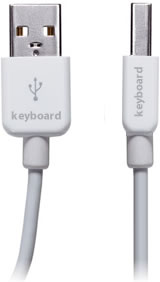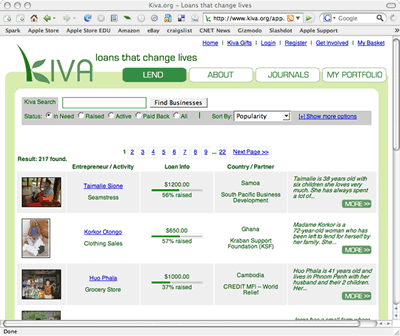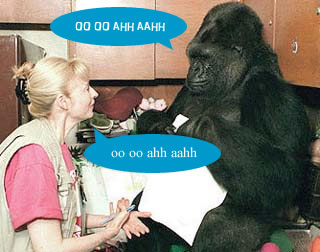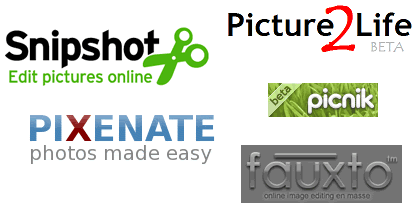No iTunes Subscription Model for Music, but What about Videos?
Recently Steve Jobs has again denied the possibility of a subscription model for music on iTunes, but conspicuously made no mention about a subscription model for videos. "People want to own their music," he said. What he means by this is that while many music subscriptions offer unlimited downloads, the catch is that when you end your subscription all the music you downloaded becomes unplayable. So essentially, customers of these plans are just renting music. While the concept of renting music may be unpopular, renting videos is something that everyone does. And Jobs made no mention about the possibility of a subscription-based model for iTunes videos that would essentially allow people to rent videos. A subscription plan for iTunes videos could be widely popular; even with the same people who would never want to rent music. I've written about the need for an iTunes subscription plan for videos here and here, and now that the iTV is out I still maintain that a subscription plan for videos is inevitable.







